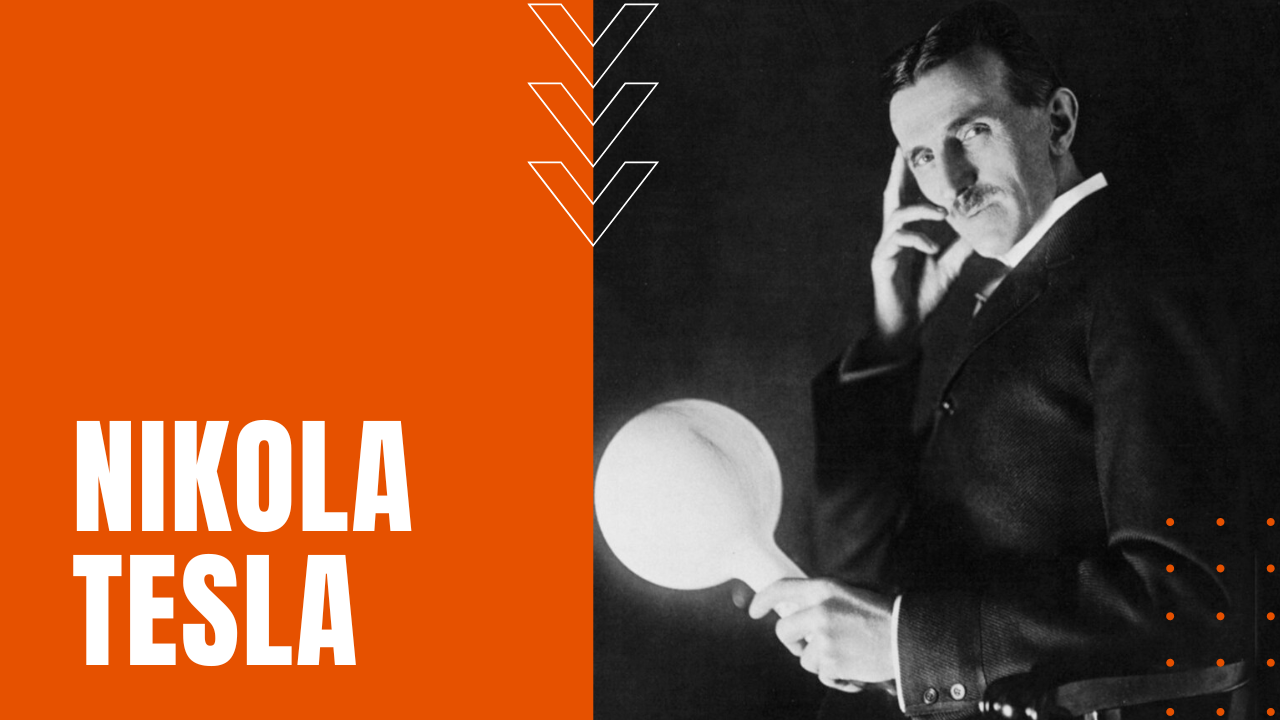Nikola Tesla: Inventions, Life, Finances and Mental Illness

Born in Croatia in 1856, when Nikola Tesla was seven years old, the shock of losing his brother in a horse-riding accident made him see visions for the first time in what would be a life defined by mental illness.
Despite his personal demons, Tesla went on to study mathematics and physics at the Technical University of Graz, followed by philosophy at the University of Prague. Leaving university without a degree, in 1882, while on a walk, Tesla came up with the idea for a brushless Alternating Current or AC motor, making his first sketches of its rotating electromagnets in the sand along the pathway.
Tesla vs. Edison
Later that year, he moved to Paris and got a job repairing direct current or DC power plants with the Continental Edison Company. Two years later he immigrated to the United States, and quickly found work as an engineer in Thomas Edison’s Manhattan headquarters. Tesla worked with Edison for a year, impressing the American inventor with his diligence and ingenuity.
At one point Edison told Tesla he would pay $50,000 for an improved design for his DC dynamos. After months of experimentation, Tesla presented a solution, and when Tesla asked for the money, Edison demurred, saying, “Tesla, you don’t understand our American humor.” Tesla quit soon after that.
Nikola Tesla’s Inventions
Setting out on his own, Tesla found backers for his many undeveloped electrical inventions, until he was hired by Westinghouse, who licensed his patents for his AC motor concept. Buoyed by Westinghouse’s lucrative royalty payments, Tesla eventually struck out on his own again, cranking out a slew of inventions during the early 1890s, including electric oscillators, meters, improved lights and a high-voltage transformer known as the Tesla Coil.
He also experimented with X-rays and made a successful high-frequency radio transmission two years before Guglielmo Marconi. Unlike Edison, who amassed enormous wealth from his inventions, Tesla died near penniless after he spent his once-great fortune on further self-funded inventions.
After Tesla’s New York lab burned down in 1895, destroying years of notes and equipment, Tesla lived his last decades in a New York hotel room, working on new inventions even as his energy and mental health faded. His obsession with the number three and his compulsive habit of fastidious washing were dismissed as the eccentricities of genius. In his later years, Tesla spent much of his free time feeding, and, according to Tesla himself, communicating with the city’s pigeons. After his death in 1943, the U.S. Supreme Court voided four of Marconi’s key patents, posthumously acknowledging Tesla’s many contributions to early radio technology.
